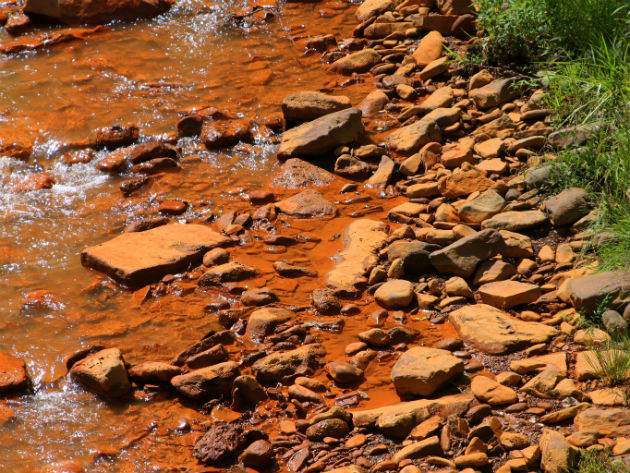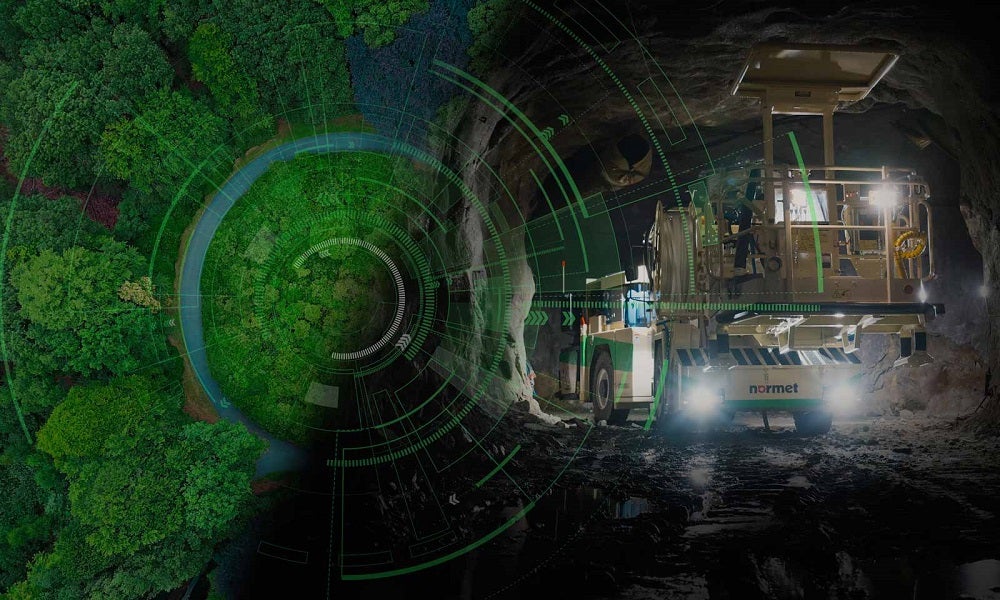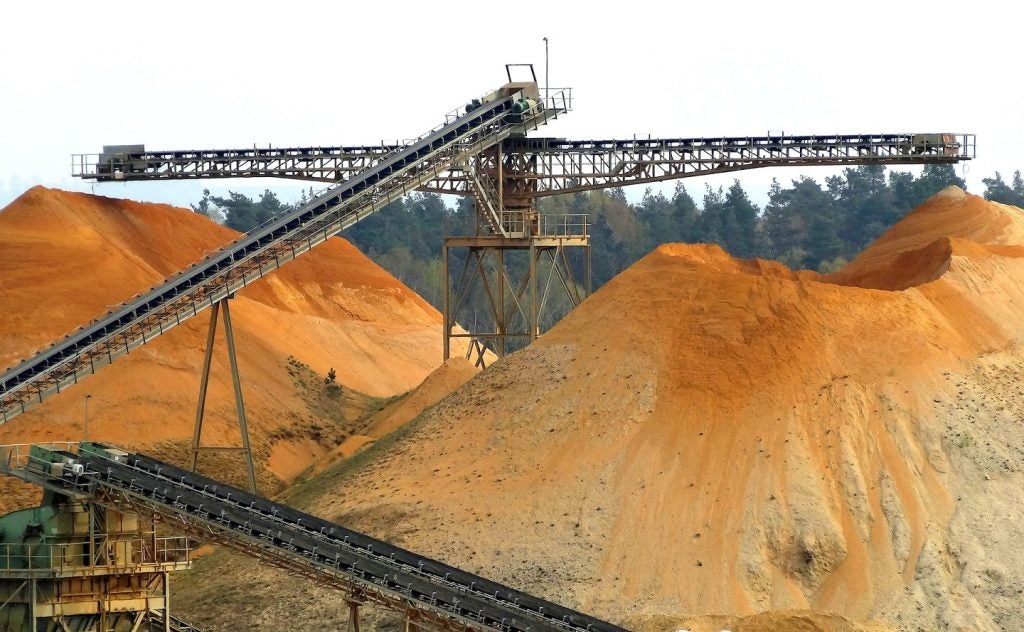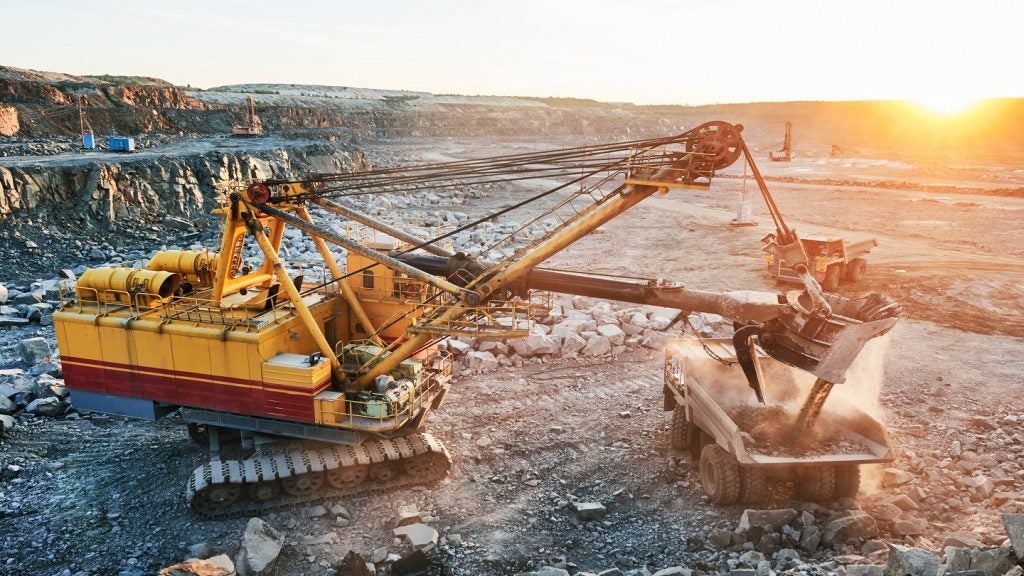
Microbes are an intrinsic element of the mining process, bringing both beneficial and dangerous side-effects. Naturally occurring micro-organisms are inevitably exposed during excavation, causing chemical reactions that vary from site to site.
Companies as large as Vale and Rio Tinto have begun to use microbes to their advantage with biomining techniques that capitalise on waning resources as regulations tighten.
Research into microbes at mine sites continues to yield benefits; one new study by the University of British Columbia (UBC) has managed to identify and isolate microbes involved in acid rock drainage (ARD). This will enable strategies to counteract the damaging effects of ARD, giving mine sites control over the microbes within them and further minimising the environmental effects of mining.
How are microbes used?
Microbes have been used to extract minerals since the 1950s, but the technique has only become commercially popular over the last few years as dwindling resources and high energy prices have pushed mining companies to look for alternative extraction methods. Mining is a costly and energy-intensive process, which has increased following tightening of regulations on power consumption. This is exacerbated by the lower quantity of high-grade resources available. In the past, mines sought only resources of 5% or higher, whereas modern day sites often extract ores of grades as low as 0.5%.
Biomining is the process of extracting valuable metals from the reductive reactions of microbes. Already it has proven particularly successful in copper and gold, with an estimated 10%-15% of copper and 5% of gold worldwide produced using biomining. Conditions are altered to the perfect temperature and moisture levels to encourage the growth of microbes, which then feed off of minerals that contain trace metal. This metal is left as a byproduct, collected and processed for sale.
See Also:
The technique has had a positive effect when used in the waste ponds of old mines. Due to inefficient mining techniques, many of the wastewaters and slurries of mines from decades ago actually include trace amounts of metals. Biomining is a cheap method of extracting these metals; it requires a smaller amount of energy than with traditional mining techniques, enabling companies to profit from otherwise spent mines.
How well do you really know your competitors?
Access the most comprehensive Company Profiles on the market, powered by GlobalData. Save hours of research. Gain competitive edge.

Thank you!
Your download email will arrive shortly
Not ready to buy yet? Download a free sample
We are confident about the unique quality of our Company Profiles. However, we want you to make the most beneficial decision for your business, so we offer a free sample that you can download by submitting the below form
By GlobalDataWhat damage can microbes create?
As more operations begin to use microbes to their advantage, the negative reactions remain a dilemma for many mine sites, as microbes can have a devastating effect on the local environment. Possibly the greatest effect is that of ARD, which occurs when common sulphite-based minerals become oxidised through exposure to air or water. The majority of ARD is caused by oxidisation of iron sulphite which creates toxic sulphur; the process often happens when microbes are exposed to oxygen and water, facilitating chemical reactions due to displacement.
Once established, ARD causes damage to the surrounding environment in a number of ways, for instance, the change in pH created often kills off aquatic plants and wildlife, ravaging habitats. Similarly, this change often results in contaminated drinking water for nearby human and animal populations. Also, ARD’s corrosive effects can damage major infrastructure, such as bridges.
UBC professor Deborah Roberts recently conducted a study on the microbes that cause ARD, giving a new insight into the damaging phenomena. She says that whilst ARD is damaging, its prevention and management by the mining industry has already seen vast improvements.
“It's managed much better these days; if you check on the internet there are a lot of really bad pictures of whole creeks growing acidic, and with the iron precipitation they're all orange and they look terrible and they kill all the animals,” Roberts says. “These days, in most mining sites, they manage it much better so the effects aren't as dramatic as what we've seen from previous really old sites.”
The microbial approach to tackling ARD
Roberts’s study poses an innovative new way of tackling ARD, which begins with isolating the microbes that cause it.
“Our goal would be to develop a virus that will stop that bacterium from actually causing the acidic conditions in the first place,” she explains. If this is possible, ARD could be prevented from ever occurring, wiping out the microbes responsible without damaging the surrounding area.
However, this pilot study is just the first step with the goal of isolating the specific microbes responsible for ARD within oil sands tailings to make a targeted attack possible. Firstly, in order to identify the ARD-causing organisms, Roberts examined a range of microbes, growing them in various conditions. “We got some tailings from the Alberta oil sands that had been treated with polymer and not treated, in order to put them on the surface for final disposal to help them dry and to eventually turn them back into soil,” says Roberts. “There was a lot of iron in those materials and so they were worried about whether or not it would cause acid mine drainage when those were exposed to air.”
Following initial studies that revealed which materials would cause ARD, Roberts and her team were able to identify exactly which microbes within these were responsible. These included Achromobacter, Chitinophagaceae and Acidocella, among others, which, should they become oxidised, would create acidic damage.
“In terms of the organisms we isolated genetically using the 16S rRNA, they were similar to other organisms from other mining sites,” Roberts says. This means that, should a virus be developed to attack these microbes, it could be used in a broad range of mining sites around the world, in particular at spent oil sands mines.
Preventative measures
There are a number of techniques currently used at mine sites to prevent ARD, largely revolving around the prevention of sulphite oxidisation. “The biggest way to prevent it is to prevent the oxygen and water from entering the system, so [mining companies] have various capping systems where they cover it to prevent oxygen from coming in,” Roberts says. “The way they're currently doing it is they dispose of the tailings in tailing ponds. In these, the tailings sink to the bottom and they become anaerobic, then they don't have oxygen and that [ARD] won't happen.”
UBC’s new approach could change things, counteracting many of the problems and the current management techniques surrounding ARD. Using a virus to destroy the damaging microbes before they become oxidised could neutralise tailings, leaving them free of toxins. Unlike capping technologies this would be a comprehensive solution, removing the microbes instead of simply blocking them.
Already, plans are underway to further the research, and Roberts says, “Our next stage is going to be to develop viruses that will attack those bacteria”. She is positive about the future of the project and adds that, “We know [viruses that attack these specific bacteria] are out there; we just have to figure out a method to isolate them”.
Microbes have the ability to aid or damage a mine and its surrounding environment, but with UBC’s newest study it could soon become easier to control.





